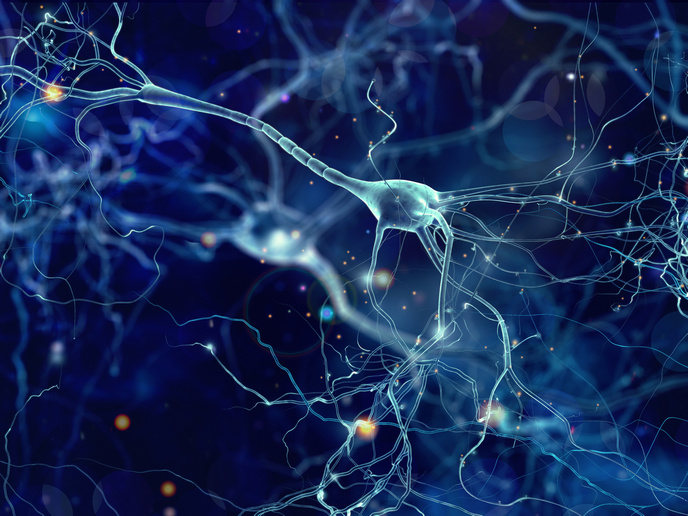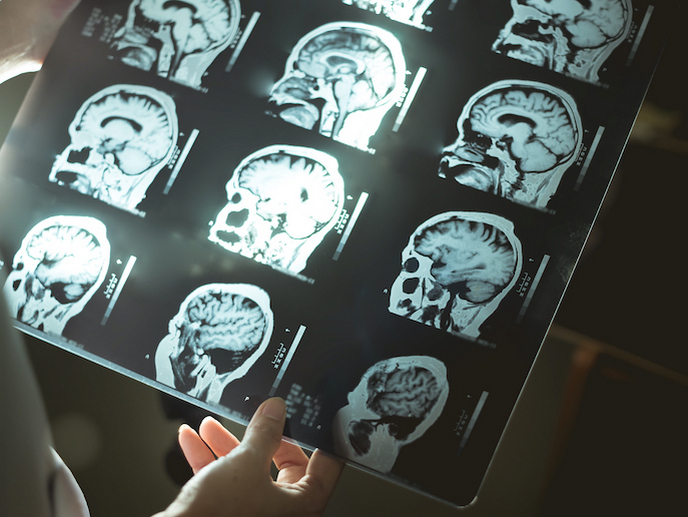Digital twins of the brain to improve treatment outcomes
According to a paper published in the ‘Lancet’(opens in new window), neurological disorders are now the leading global cause of health loss. In 2018 around 7.85 million people in the EU suffered from dementia(opens in new window) and estimates(opens in new window) place the number at 14.3 million by 2050. Epilepsy affects over 6 million people in Europe(opens in new window) while, according to the OECD(opens in new window), mental ill health costs around EUR 600 billion every year. New diagnostic techniques are being developed, and advances in computational power and the use of AI mean that innovative ways of modelling pathways and treatments are evolving. One such way is the use of digital twins. “Neurotwins are personalised, whole brain models that integrate electromagnetism, to determine how currents flow in each person’s head or how tissue generates them, with physiology, showing how brain networks behave. They forecast an individual’s response to stimulation so we can tailor therapy,” explains the co founder of Neuroelectrics Barcelona(opens in new window) Giulio Ruffini(opens in new window). Ruffini coordinated the Neurotwin(opens in new window) project, which set out to provide model-driven, personalised therapies to transform treatment outcomes for those suffering from Alzheimer’s disease, and other conditions.
Modelling non invasive brain stimulation to predict the physiological effects of transcranial electrical stimulation
One of the challenges of treating mental conditions is the correct anticipation of the impact of therapies such as transcranial electrical stimulation (tES). By developing model-driven iterations of an individual’s brain, and creating a digital twin, it is possible to have a clearer idea of the consequences of interventions. “By model-driven, we mean using the patient’s scans to build, fit and validate a predictive digital twin model, then optimising the montage, intensity, frequency and timing in silico (simulation) – and iteratively updating with new data,” says Ruffini. “The mechanistic nature of the models we develop is crucial. Our models are not black boxes with billions of parameters. They inherit from a physiological, mechanistic understanding of how the brain works. This makes them intrinsically simpler, and more interpretable,” he adds. The team employed a three-pronged approach. Head physics: From MRI/CT they compute the electric fields generated by brain stimulation using finite element models(opens in new window), which is not real time imaging, but simulation to see where current actually goes to design the right montages. Brain dynamics: to personalise whole brain network models to match each person’s oscillations/connectivity as derived from neuroimaging data (MRI, dMRI, fMRI or EEG, for example). In silico therapy design: which involves testing relevant tES protocols on the twin in order to select those predicted to help. “Scans provide anatomical information to better target electric fields; hybrid whole models forecast physiological change over time. Without prediction, dosing is inconsistent across people, contributing to variable outcomes,” Ruffini notes. “For years, we have treated stimulation as a black box. With personalised ‘neurotwins’ we can better diagnose and run safe, what if tests before touching the patient – opening the door to precise, consistent patient personalisation and dosing of treatment.”
Clinical studies open the door to wider use of neurotwins to personalise treatment
Science and innovation funding from the EU enabled the project to validate their approach through cross species analysis and a pilot study involving a randomised, double blind, sham controlled, crossover trial(opens in new window). The trial(opens in new window), which took place at IRCCS Fondazione Santa Lucia(opens in new window) (website in Italian), Rome, involved daily, model-optimised and individualised tES delivered at home for 8 weeks, over 40 sessions, to 30 mild-to-moderate Alzheimer’s patients. “Our clinical study and our studies with healthy human subjects highlight the effects of tACS at 40 Hz on gamma power. We have identified a working pipeline, from individual anatomy and physiology to model guided, home deliverable dosing in a fragile population,” Ruffini says. The team now wants to scale up to multicentre trials working with Alzheimer’s patients first and then to extend to epilepsy and other neurological patients. Ruffini is clear that the work done so far is just the beginning of the road towards model-driven interventions in neuropsychiatry: “Our goal is to quantify each patient’s neural network dynamics against a normative (healthy) model, then choose the stimulation predicted to nudge their personal system back toward that healthier state.”







